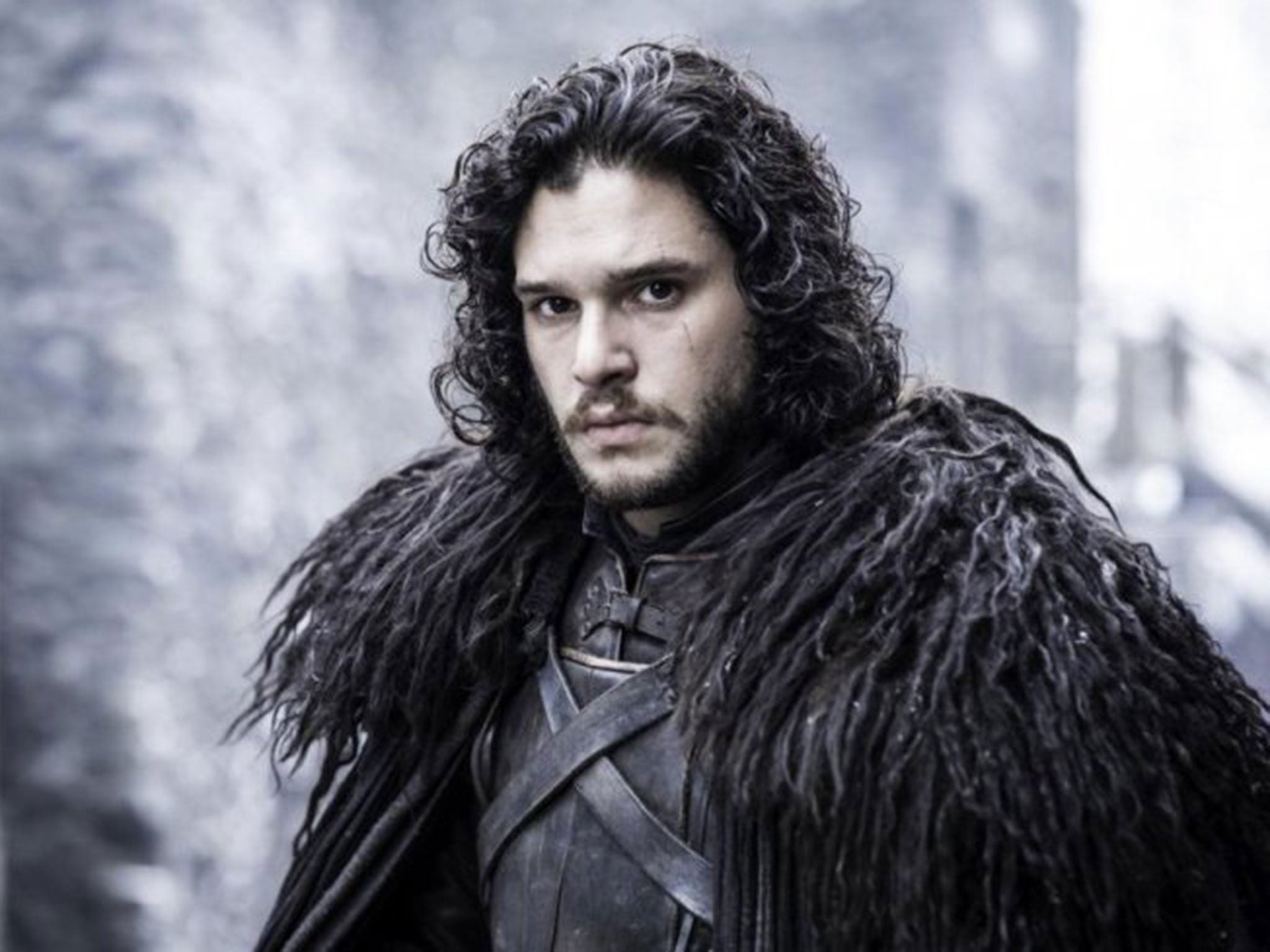From NBC News, an article by Chandra Thomas Whitfield examining the influence of the African-American civil rights movement on its Irish counterpart in the UK administrated north-east of Ireland during the 1960s and early ’70s:
“It was a Sunday afternoon in January. Hundreds gathered to protest what they considered rampant injustices in the criminal justice system. Linked arm-and-arm, many marched through the streets belting out, We shall overcome.
By most accounts it was a peaceful demonstration, but the tone changed dramatically just after 4 p.m. Soldiers, decked out in riot gear, pelted the crowd with gunfire and tear gas. Chaos erupted. Ten minutes later, 13 people were dead, according to the BBC; including several teenagers.
Ultimately, troops shot 26 unarmed civilians during the protest march against internment – imprisonment without trial; a 14th died from his injuries months later. Witnesses say many of the victims were marchers and bystanders wounded by soldiers while fleeing the gunfire; some shot in cold blood as they tended to the wounded.
This may sound like a typical scene from most anywhere in the Southern United States during the mid 1950s to late 1960s – familiar footage from say, Eyes On The Prize, the famed documentary series on the civil rights movement; or maybe even moments from Black Lives Matter demonstrations of current day.
Only these protestors were in Northern Ireland, in the Bogside area of Derry to be exact, the shooters were British forces and the year was 1972 – four years after American civil rights icon Dr. Martin Luther King Jr. had been assassinated outside a Memphis motel.
Many scholars of history say those campaigners, and others like them, had long aligned themselves with the ideological framework of nonviolent direct action modeled by King, whose official federal holiday is observed nationwide today.”
Which is a fair enough outline of events around the Bloody Sunday Massacre of 1972. Unfortunately it is followed by this pop-culture comparison:
“…Maurice Hobson, an historian and African American Studies professor at Georgia State University. “The fight in Northern Ireland was like that TV show Game of Thrones; the United Kingdom is made up of several kingdoms and many in Northern Ireland wanted their own separate nation apart from the UK. Their movement was about, some Irish identifying as nationalists and wanting their own nation-state.””
Nooooooooo… The British occupied north of Ireland was not like “…the Game of Thrones” nor is the United Kingdom made up of “…several kingdoms“. Good god almighty, how many times are people going to explain contemporary or past issues by referencing the television adaptation of George R. R. Martin’s literary fantasy series? Especially when the references rarely work? There are actual historical events that could, y’know, be used instead. Or are people so utterly lacking in education that they can only contextualise issues in terms of a fleetingly popular TV show? And not even a good contextualisation! No one but the bug-eyed fringe of the “Ulster separatists”, the believers in the Lost Tribes of Israel and the Middle-earth dialect of “Ulstèr-Scotch”, actually wanted Britain’s rump colony on the island of Ireland to become a nation-state in its own right. Irish nationalists were campaigning, fighting, for an end to government-sanctioned discrimination against their communities and identity, the British occupation itself, partition, and for the reunification of the country as a whole. Contrary to some opinions, the Irish Republican Army was not the Night’s Watch!
 Vótáil Sinn Féin!
Vótáil Sinn Féin!
Filed under: Cogaíocht (Warfare), Polaitíocht (Politics), Stair (History) Tagged: An Cogadh Fada (The Long War), Arm na Breataine (British Army), Arm Poblachtach na hÉireann - APnaÉ (Irish Republican Army - IRA), Éire (Ireland), Doire (Derry), Domhnach na Fola (Bloody Sunday Massacre), Game of Thrones